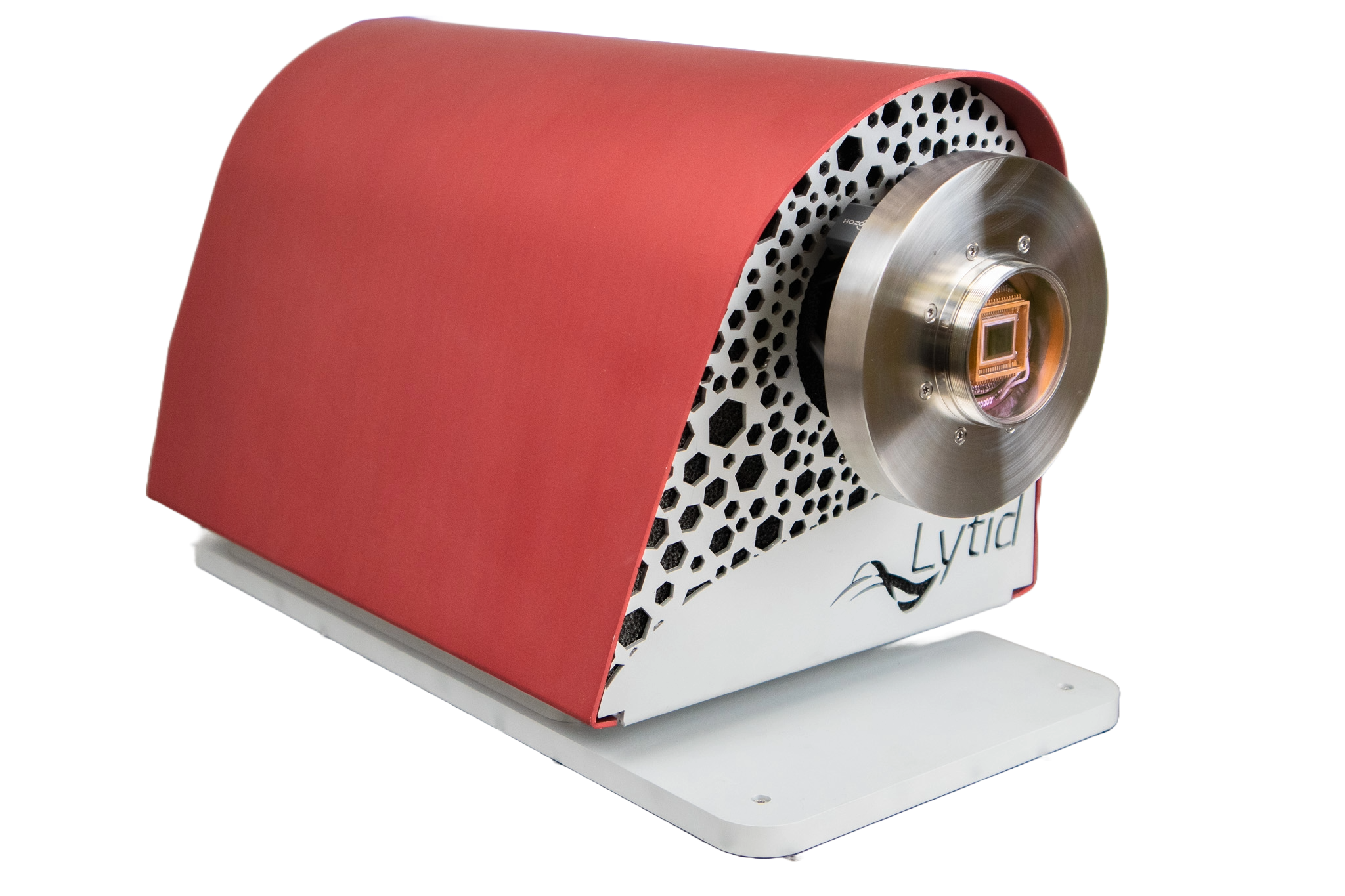Astrophysical Observations with SIRIS

SIRIS, Lytid scientific camera
SIRIS is the most versatile SWIR camera on the market. SIRIS provides high-speed full-frame (200fps) images with ultra-low read-out noise (5e-). Two read-out modes, full linear and linear/logarithmic, allows for 140 dB dynamic, which, together with the low noise level, results in hyper contrast images. The cryogenic-free, vibration-free deep cooler with permanent vacuum, makes SIRIS the perfect tool for scientific observations requiring integrability and transportability.
PSL and Pic du Midi
The following images have been taken during several measurement campaigns at the Observatory Pic du Midi in collaboration with the Laboratoire de Physique de l’Ecole Normale Supérieure. Thanks to the expertise of the scientists leading the campaigns, Dr. David Darson (ENS) and Dr. François Colas (Pic du Midi), and the high-end performances of SIRIS, the campaigns resulted in exceptional images, that path the way to reveal previously unreachable astrophysical observations with comparable equipment. All the images have been taken at the telescope T1M.
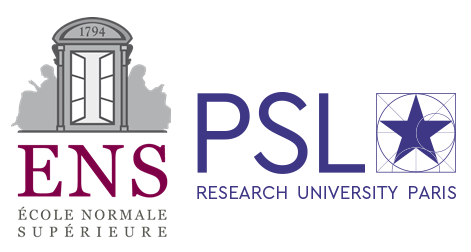
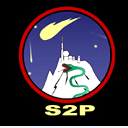

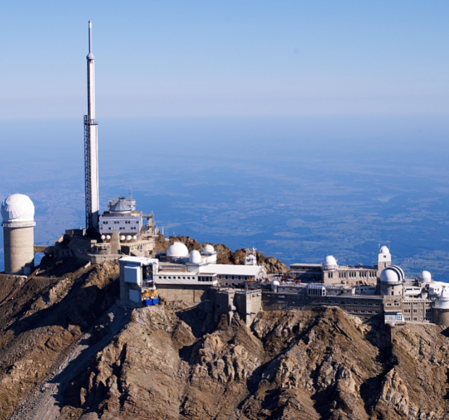
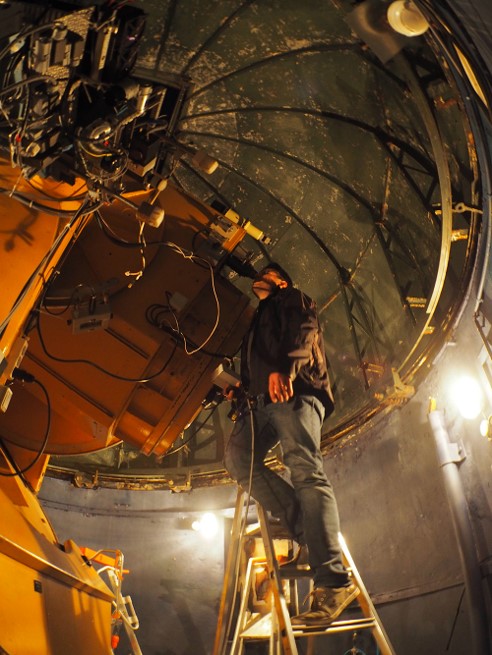
Pic du Midi
Dr. David Darson working with SIRIS at the telescope T1M
Ultra-high dynamic
SIRIS lin/log pixel mode allows acquiring images with up to 140 dB dynamic. High-brightness elements trigger logarithmic pixel response: pixel responds instantaneously to light flux and saturation is avoided. For low-brightness signals, the pixel has a linear response, with user-selected exposure time. Lin/log mode allows recognizing low-brightness signal drowned in high-brightness signals.
Magnitude is a unitless measure of the brightness of an object on a logarithmic scale. One unit of magnitude corresponds to a decreased brightness of a factor 2.512. Thanks to the lin/log mode, SIRIS can acquire and display objects in the same image objects with brightness 22 million times different.

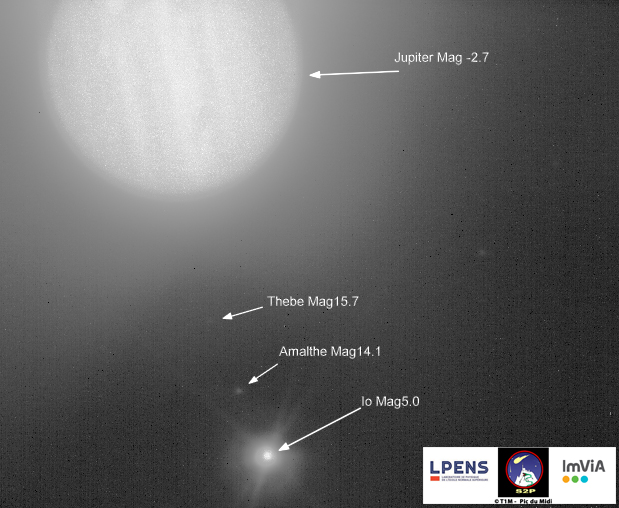
Sirius, Sirius B and close starts:Sirius (Mag = -1.4) is more than 9000 times brighter than Sirius B (Mag = 8.5) and 900000 times brighter than the weakest star (Mag = 13.5).
Jupiter and its moons Io, Amalthea and Thebe: Jupiter is acquired in logarithmic pixel mode, while its moons in linear pixel mode, with 10 s integration time. Jupiter is 22 million times brighter than Thebe (July 2020).

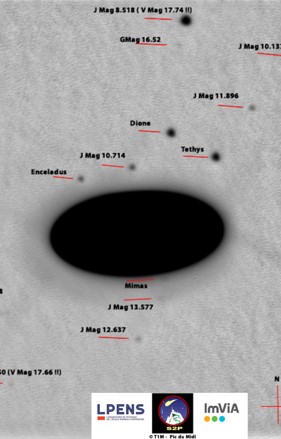
Saturn and close stars
The two images have been obtained from a single acquisition from SIRIS, 10 seconds exposure time, J-band filter. The acquisition is 16-bit but the display is 8-bit, thus the single acquisition has been divided into two images with different grayscale levels. In the left-side image, Saturn is acquired in logarithmic mode, while the closest stars in linear mode. In order to visualize the low-brightness stars, in the right-side image the grayscale has been inverted.
Fast and high-resolution images
The following images have been obtained with SIRIS, in linear pixel mode. On the left, Mars. On the center, Saturn and its rings. On the right, Jupiter and its moon Ganymede, throwing its shade on Jupiter. High resolution is obtained with an exposure time of the order of milliseconds.
Mars
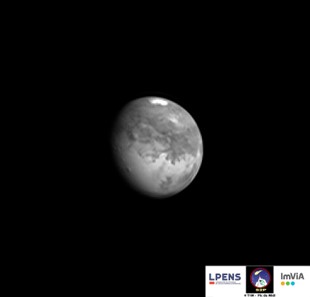
Saturn
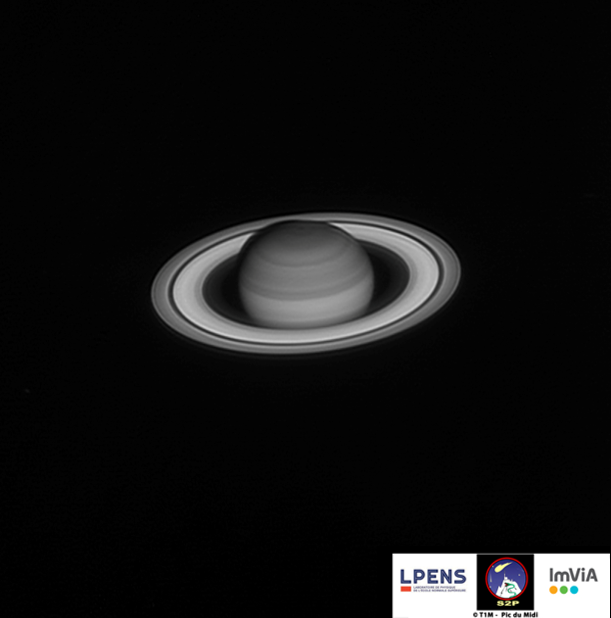
Jupiter and its moon Ganymede
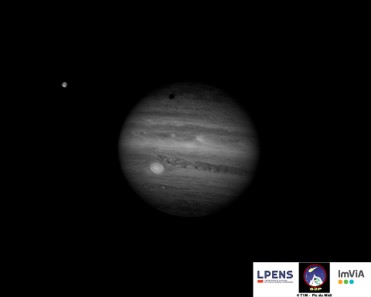
Linear mode, 10 ms exposure time, J-band filter (2019)
Linear mode, 100 ms exposure time, J-band filter (2019)
Linear mode, medium pixel gain, 40 ms exposure time, J-band filter (2020)
Ultra-low noise acquisition
Thanks to the Non-Destructive Read-Out mode, SIRIS allows reducing drastically the noise. Here below the same acquisition (1 s exposure time, J-band filter) of Messier 15 (M15), a globular cluster in the constellation Pegasus. The NDRO mode decreases the noise and allows to detect signals 6 times less bright.
Messier 15
Linear Read-Out mode
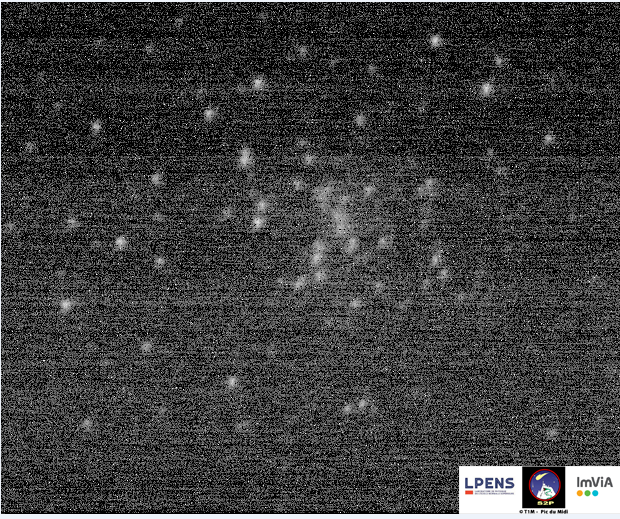
Non-Destructive Read-Out mode
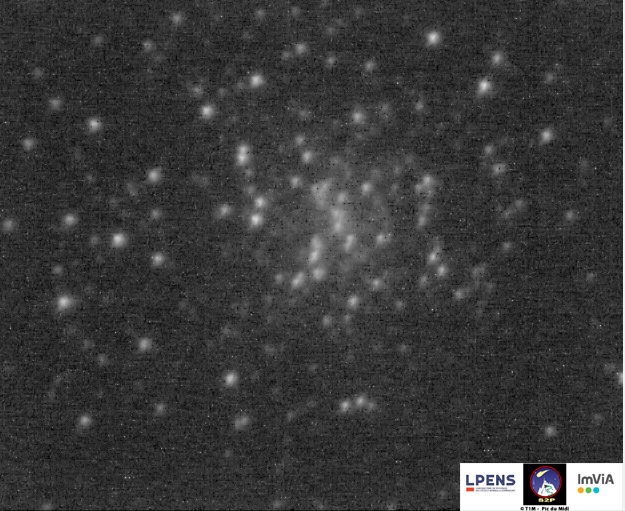
SIRIS for high-penetration images
The following images show Mars during the dust storm in July 2018. Unlike VIS camera, SIRIS SWIR camera can see through the dust layer covering Mars, revealing details of Martian soil. SIRIS is the perfect tool for fog and dust penetration images.
Mars during the dust storm (2018)
VIS camera
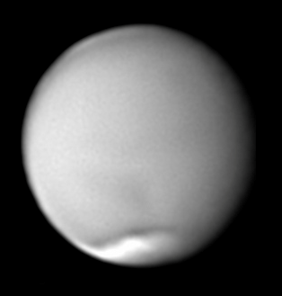
SIRIS camera
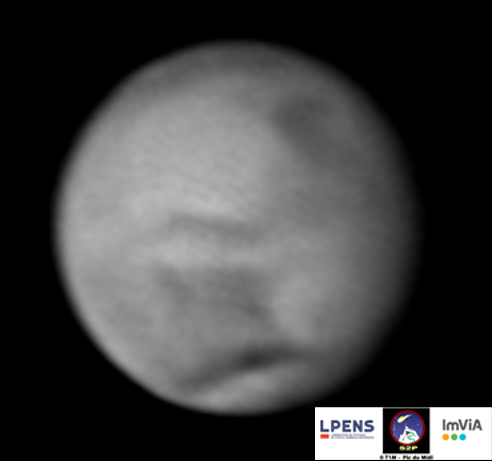
Hyperspectral imaging
With a wheel of spectral filters mounted on SIRIS, hyperspectral images of Jupiter have been taken with SIRIS.
Jupiter
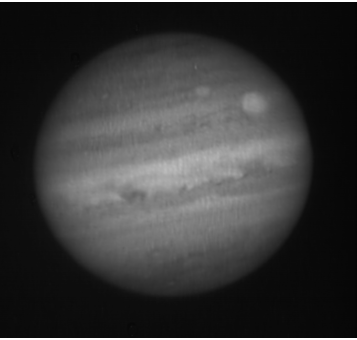
975 nm, 60 ms exposure time

1000 nm, 100 ms exposure time
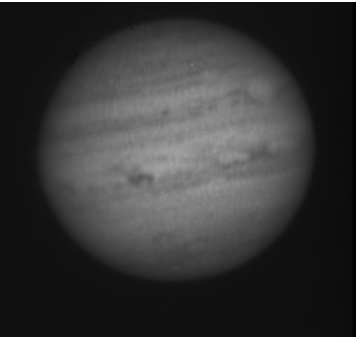
1100 nm, 100 ms exposure time
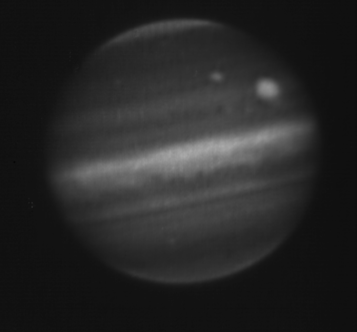
1170 nm, 1000 ms exposure time
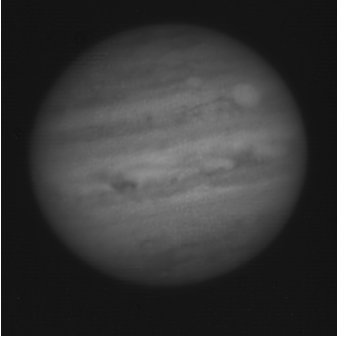
1270 nm, 60 ms exposure time
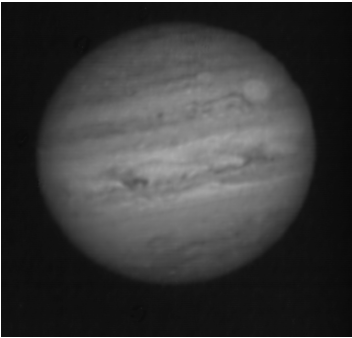
1570 nm, 60 ms exposure time

